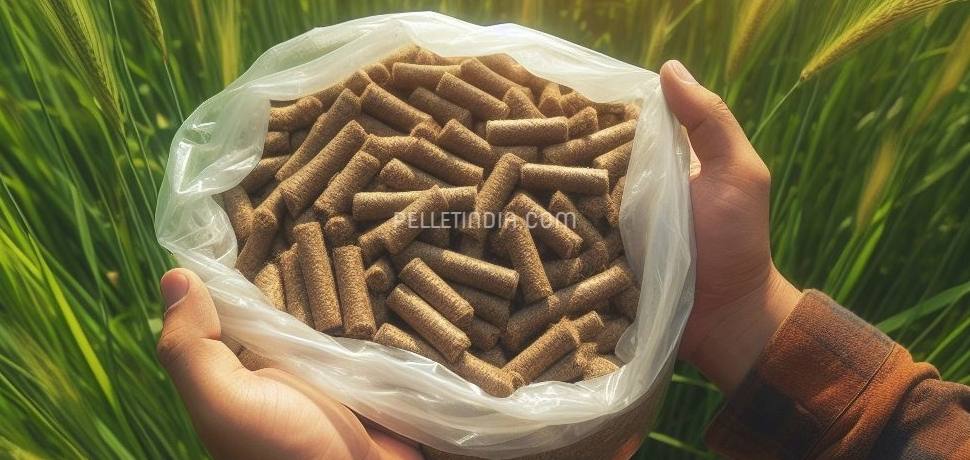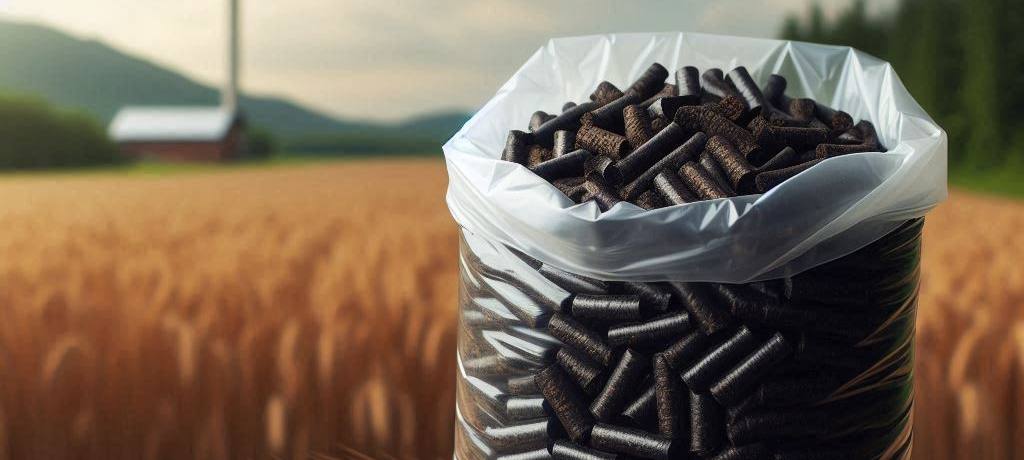🌱 What is the ideal altitude & temperature for growing Napier Grass? 🌿
Napier Grass Altitude Guide Napier Grass (Pennisetum purpureum) grows across various altitudes, but it thrives best between sea level and 2,000 meters (6,560 feet) above sea level. 🌍 Altitude Considerations for Napier Grass Cultivation: 🔹 Below Sea Level to 2,000m:✅ Ideal growth conditions in warm tropical and subtropical regions.✅ Higher biomass yield due to adequate […]
👉 How can biomass pellets help India achieve 35 GW renewable power generation while reducing 205 Mt CO2 annually and creating 200,000+ jobs?
🔥 Key Points on Biomass Energy in India (with Figures & INR Costs) 🔥 1️⃣ Surplus Biomass in India 🇮🇳 2️⃣ Cost-Effective Energy 💰 3️⃣ Carbon Reduction Potential 🌍 4️⃣ Employment Generation 👷♂️ 🌾 5️⃣ Types of Residue for Biomass Pellet Production Crop Residue Surplus Availability (Mt) Primary Uses Rice Straw & Husk 221.8 Mt […]
🔥 How Can You Improve the Quality and Profitability of Parali (Paddy Straw) Biomass Pellets? 💰♻️🌾
Making Biomass Pellets from Parali (Paddy Straw): Challenges, Solutions & Cost Analysis Challenges of Parali Pelletization 1️⃣ Low Lignin Content: 2️⃣ High Silica Content: Solutions to Improve Parali Pellet Quality ✅ Mixing with High-Lignin Biomass – Adding bagasse, sawdust, wood chips, mustard stalk improves binding.✅ Using Binders – Molasses, starch, or lignosulfonates enhance pellet durability.✅ […]
✅ Which biomass materials are better for making torrefied pellets—low or high volatile matter?
🔥 Best Biomass Materials for Torrefied Pellets: Low vs. High Volatile Matter 🔍 Volatile Matter (VM) & Torrefaction Efficiency Torrefaction reduces volatile matter (VM), improving combustion characteristics and energy density. Biomass with higher VM (>60%) is more suitable for torrefaction because it allows greater mass loss, improving fixed carbon content and making the fuel more […]
What is Volatile Matter (VM) in Biomass Pellet?
🔥 Biomass Material: Volatile Matter, GCV, and Industry Applications 🌱 💡 Which Biomass Material is Best for Your Industry? Volatile Matter (VM) refers to the gases and vapors released from biomass when it is heated before complete combustion. It consists mainly of hydrocarbons, carbon monoxide, and other light gases, affecting combustion behavior in different industries. […]




